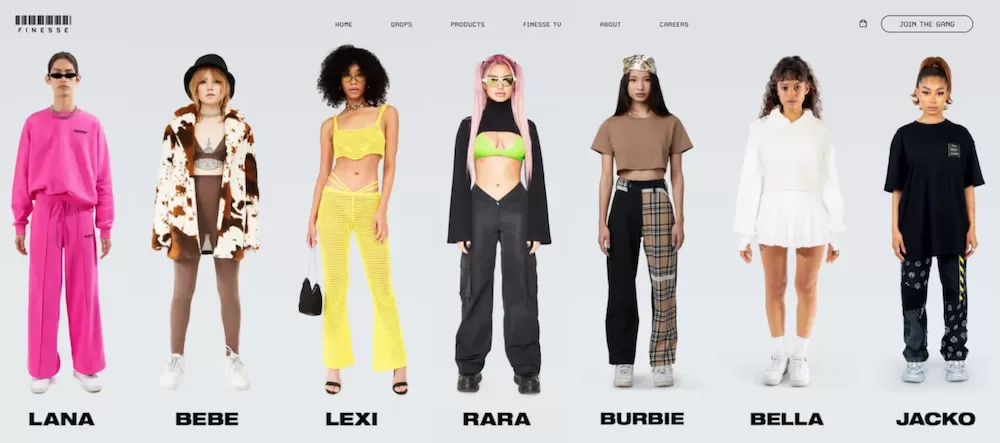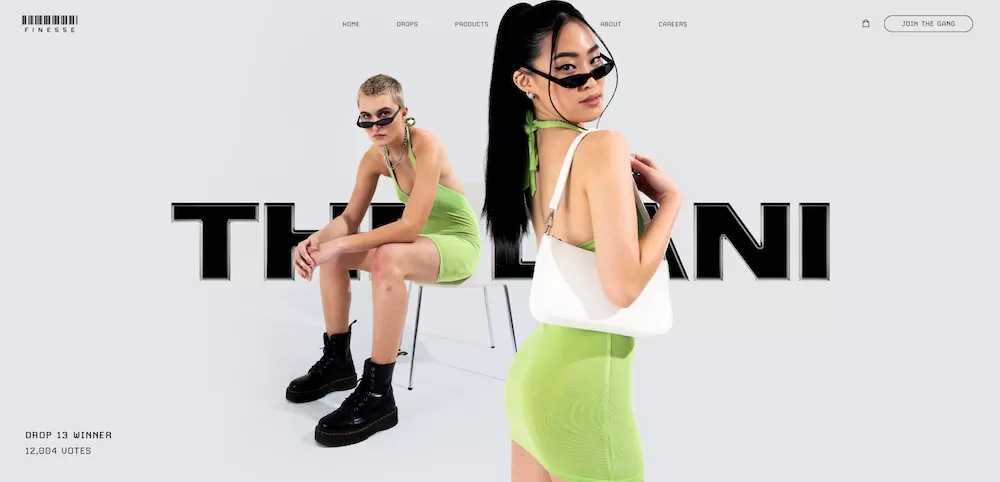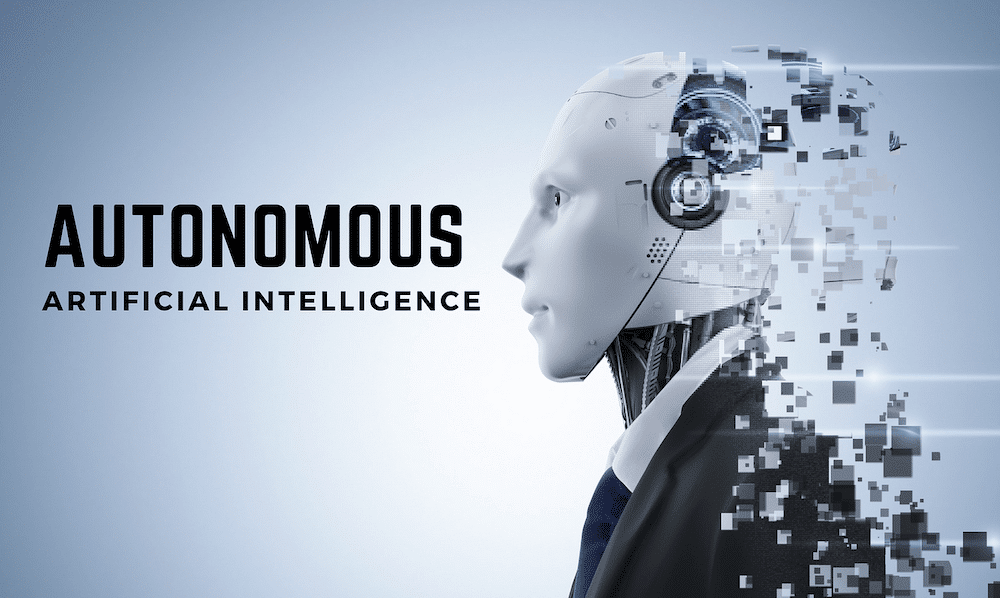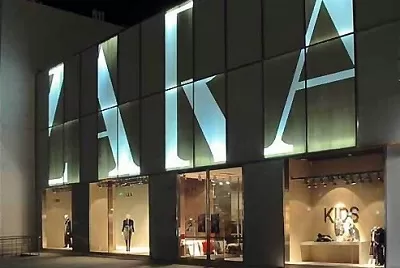Last week, Brooke Roberts-Islam wrote “Zara Meets Netflix” (Forbes). In others words, a business model based on “speed-to-market (fast-fashion), customer centricity and excellent operations” meets the “platform economy”.
The article mentions FINESSE, a startup that replaces designers and buyers with data, describing itself as “Zara meets Netflix”. The startup, that raised $4.5 million for AI designed clothing (January 2021), creates fashion by combining time series analysis, natural language processing and computer vision within its machine learning algorithms, listening new generations on social media.
Their time-to-market is faster compared to average fashion businesses thanks to its shorter supply chain and 3D Modelling software.

Today, weather is not the only issue when forecasting demand. Social events are not only impacting sales but brand’s positioning or perception. As a consequence, brand activism is the new normal. In retail, “Cash is King” and inventory turnover is the engine that provides power to the business.
Zara (Inditex) demonstrated to adapt to an industry that didn’t changed much in centuries but technology and new communications transformed the relation between brands, products and customers. Therefore, Fast-fashion is a succesful business model when demand uncertainty and volatility is the rule.
Fashion evolved from an industry where brands were positioned in a standard pyramid focusing on a wider segmentation spectrum, to one where brands are oriented to deliver hyper-segmented, curated products and experiences. This was enabled by digital marketing amongst other capabilities.
The long tail economy or digital platforms allow us to buy any product, from hits to niches. But it’s not only about the product but the experience and companies are investing in new store experiences (retailtainment) and virtual “adventures” that include videogames: Gucci launched Gucci Sneaker Garage or Louis Vuitton launched a new capsule in collaboration with League of Legends, to mention a few.
The concept of platform in fashion is not new. In fact, more and more companies are acquired to be part of a conglomerate (e.g. Kering, LVMH). Luxury is a clear example of how brands can take profit of being part of a conglomerate and take advantage from economies of scale, centralisation of capabilities (e.g. purchasing power, technology, advertising), access to an exclusive network of suppliers, access to capital, access to professional talent, amongst others. Today, digital makes the difference.
Digital platforms are not only enhacing brands’ market presence (allowing to sell anytime/ anywhere), but also individuals, artists, musicians, niche players or influencers. Brands are trying to look more human (e.g. activistbrands) when a new type of “brands” are emerging: influencers. These brands are more real, human, transparent… than legacy corporations.
Platforms that could manage the back end business could transform influencers’ business model and allow them to compete to traditional fashion players. A platform like “Netflix” selling multiple influencers-brands and covering the needs of multiple communities or tribes would be possible? Yes.
More and more platforms are emerging. Meanwhile, retail companies are closing stores. Something has changed and digitization is the responsible of this extreme disruption.

Digital is eating physical. Boohoo buying Debenhams or Asos buying Topshop, Topman and Miss Selfridge, are a few examples. In relation to digital platforms, Farfetch is probably one of the best cases worth to mention and the fashion unicorn is diversifying through acquisitions like Stadium Goods, Browns or New Guards Group (another fashion plaftorm).
Influencers are the next big brands, as commented in previous articles, and digital platforms powered by AI are accelerating customer trends identification and connecting all the stakeholders to make products in the most efficient and fastest way.
Probably digital is not eating physical, but retail is mutating to be intrinsically digital.





